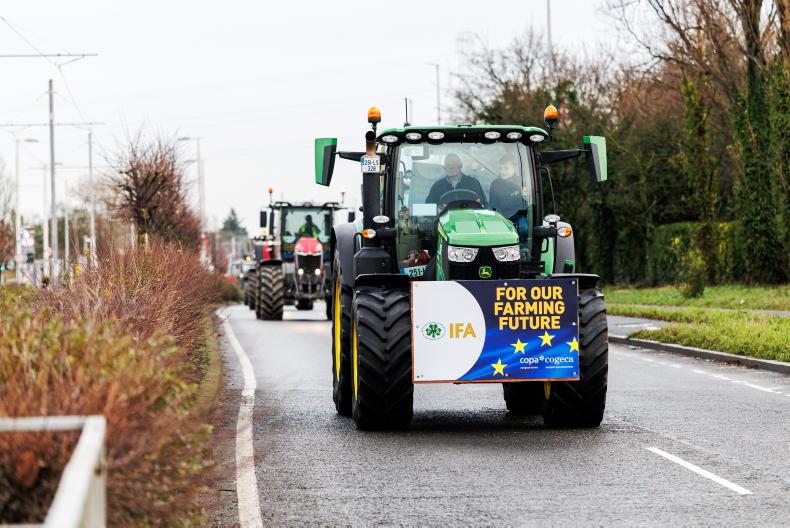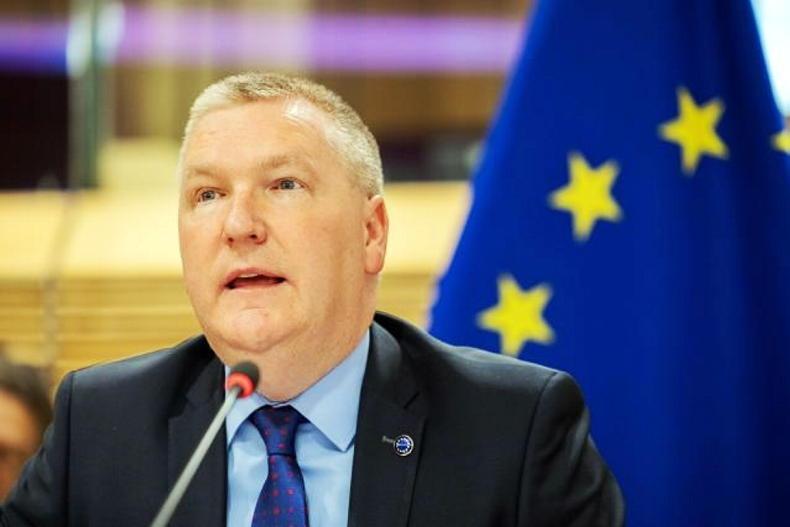Stamp duty has become the dominant story around Budget 2018 for the farming sector.
Minister for Agriculture Michael Creed and Minister for Finance Paschal Donohoe are at odds over whether a new higher 6% stamp duty on sales of land will be applied to agricultural land. The current rate is 2%.
A 6% rate would increase the stamp duty payable on a €200,000 farm to €12,000 from €4,000.
Background
As the Dáil prepares to vote on the Finance Bill and enact into law the policy instruments announced by Minister Donohoe on Tuesday afternoon, confusion still reigns as to what the applicable stamp duty rate for farmland will be in the morning.
When the budget was presented, it seemed that the stamp duty rate change from 2% to 6% on commercial land would affect farmland.
Within the hour, Minister Creed definitively stated that “we need to nail this one, because I’ve seen some comment on social media; the increase in stamp duty does not apply to agricultural land”.
Conflicting stories begin
So far so good.
But there are conflicting reports around Kildare Street about just what the implications of the wording used in the Finance Bill could mean.
Speaking on RTÉ News, Minister Donohoe confirmed that farmland would be included in the new 6% stamp duty rate.
It’s understood that, as with VAT, only a defined number of stamp duty bands are allowed.
As things stand we have three: the 0% rate for young trained farmers, the 1% rate for blood relations under the consanguinity clause and the new 6% rate for commercial property.

Doubts exist as to whether the old 2% rate can be retained for farmers buying farmland.
By 9.30pm on Tuesday, Roscommon/east Galway Independent TD Michael Fitzmaurice will present an amendment proposing just that – a 2% stamp duty rate for farmland, but only where the purchaser undertakes to farm the land actively for at least five years.
Will it be accepted?
No one seems to be certain of anything just now but, by midnight, all will be decided, one way or another.
It’s unlikely we will see Fianna Fáil or the Rural Alliance bring down the Government, but then again, we’ve seen governments fall over VAT rates on children’s clothing and footwear, so it would be wise to be wary this evening.
Either way, this is a pivotal few hours for the government and the whole of Budget 2018.
Read more
Full coverage of Budget 2018
Stamp duty has become the dominant story around Budget 2018 for the farming sector.
Minister for Agriculture Michael Creed and Minister for Finance Paschal Donohoe are at odds over whether a new higher 6% stamp duty on sales of land will be applied to agricultural land. The current rate is 2%.
A 6% rate would increase the stamp duty payable on a €200,000 farm to €12,000 from €4,000.
Background
As the Dáil prepares to vote on the Finance Bill and enact into law the policy instruments announced by Minister Donohoe on Tuesday afternoon, confusion still reigns as to what the applicable stamp duty rate for farmland will be in the morning.
When the budget was presented, it seemed that the stamp duty rate change from 2% to 6% on commercial land would affect farmland.
Within the hour, Minister Creed definitively stated that “we need to nail this one, because I’ve seen some comment on social media; the increase in stamp duty does not apply to agricultural land”.
Conflicting stories begin
So far so good.
But there are conflicting reports around Kildare Street about just what the implications of the wording used in the Finance Bill could mean.
Speaking on RTÉ News, Minister Donohoe confirmed that farmland would be included in the new 6% stamp duty rate.
It’s understood that, as with VAT, only a defined number of stamp duty bands are allowed.
As things stand we have three: the 0% rate for young trained farmers, the 1% rate for blood relations under the consanguinity clause and the new 6% rate for commercial property.

Doubts exist as to whether the old 2% rate can be retained for farmers buying farmland.
By 9.30pm on Tuesday, Roscommon/east Galway Independent TD Michael Fitzmaurice will present an amendment proposing just that – a 2% stamp duty rate for farmland, but only where the purchaser undertakes to farm the land actively for at least five years.
Will it be accepted?
No one seems to be certain of anything just now but, by midnight, all will be decided, one way or another.
It’s unlikely we will see Fianna Fáil or the Rural Alliance bring down the Government, but then again, we’ve seen governments fall over VAT rates on children’s clothing and footwear, so it would be wise to be wary this evening.
Either way, this is a pivotal few hours for the government and the whole of Budget 2018.
Read more
Full coverage of Budget 2018











SHARING OPTIONS